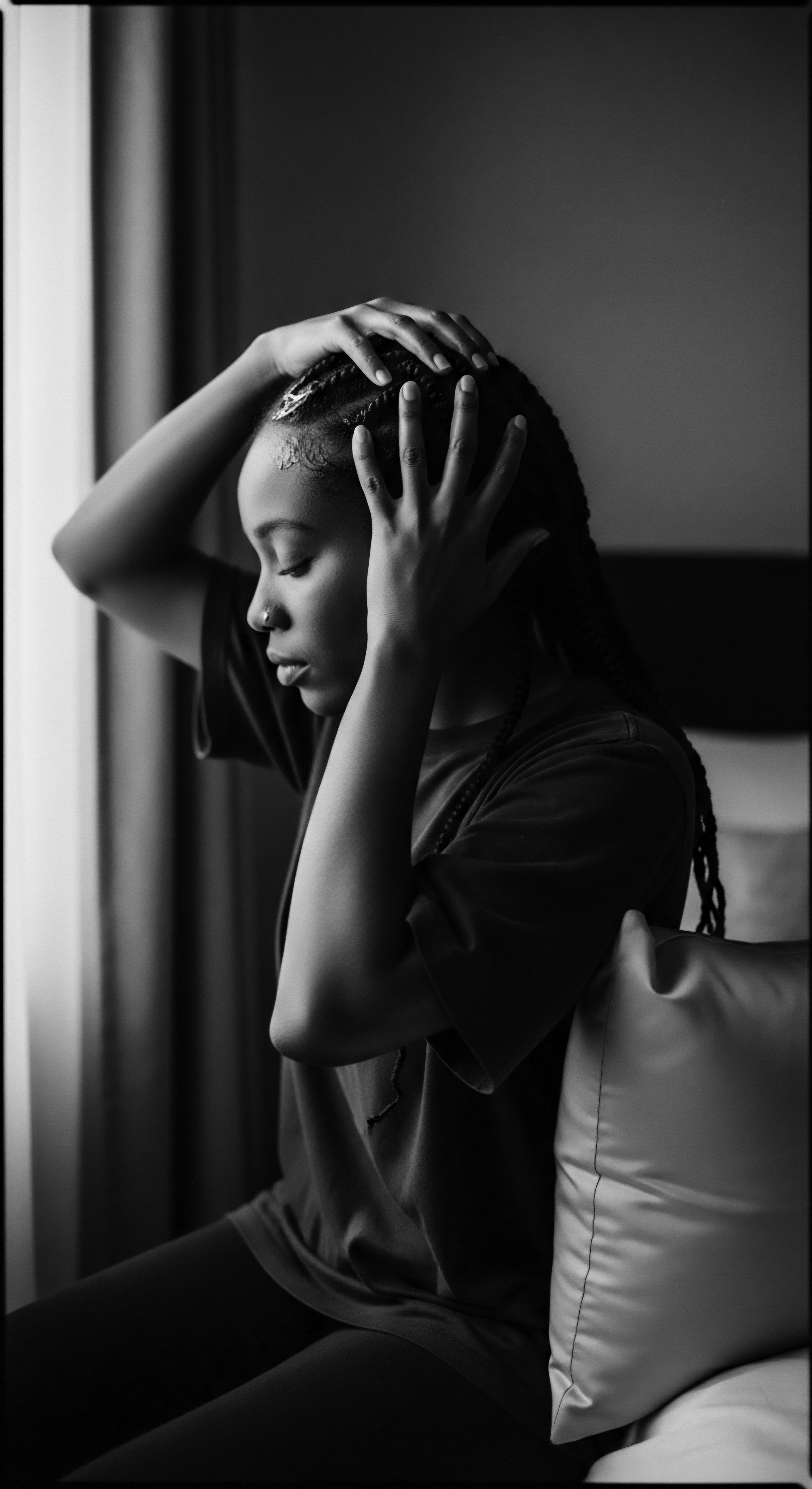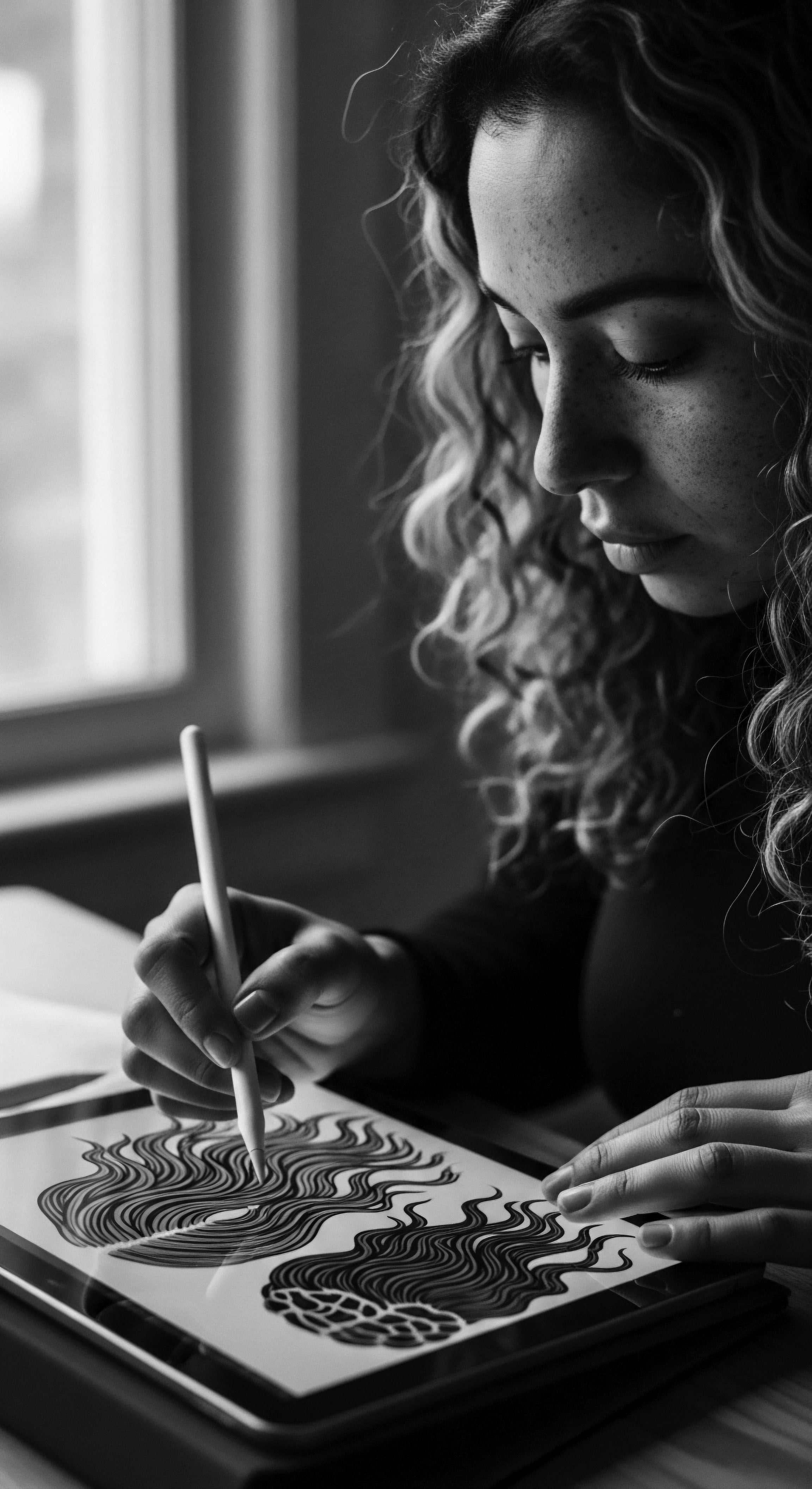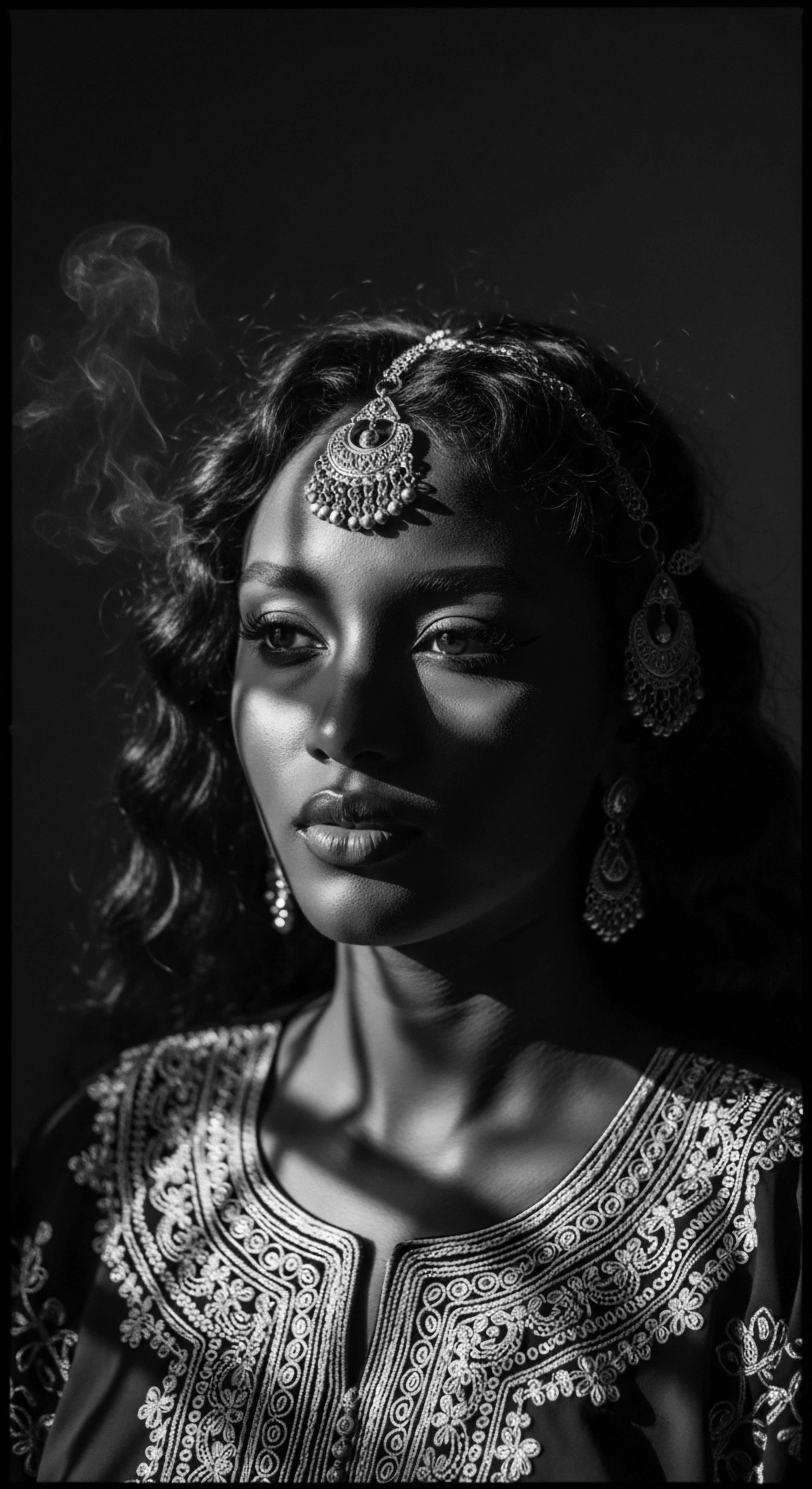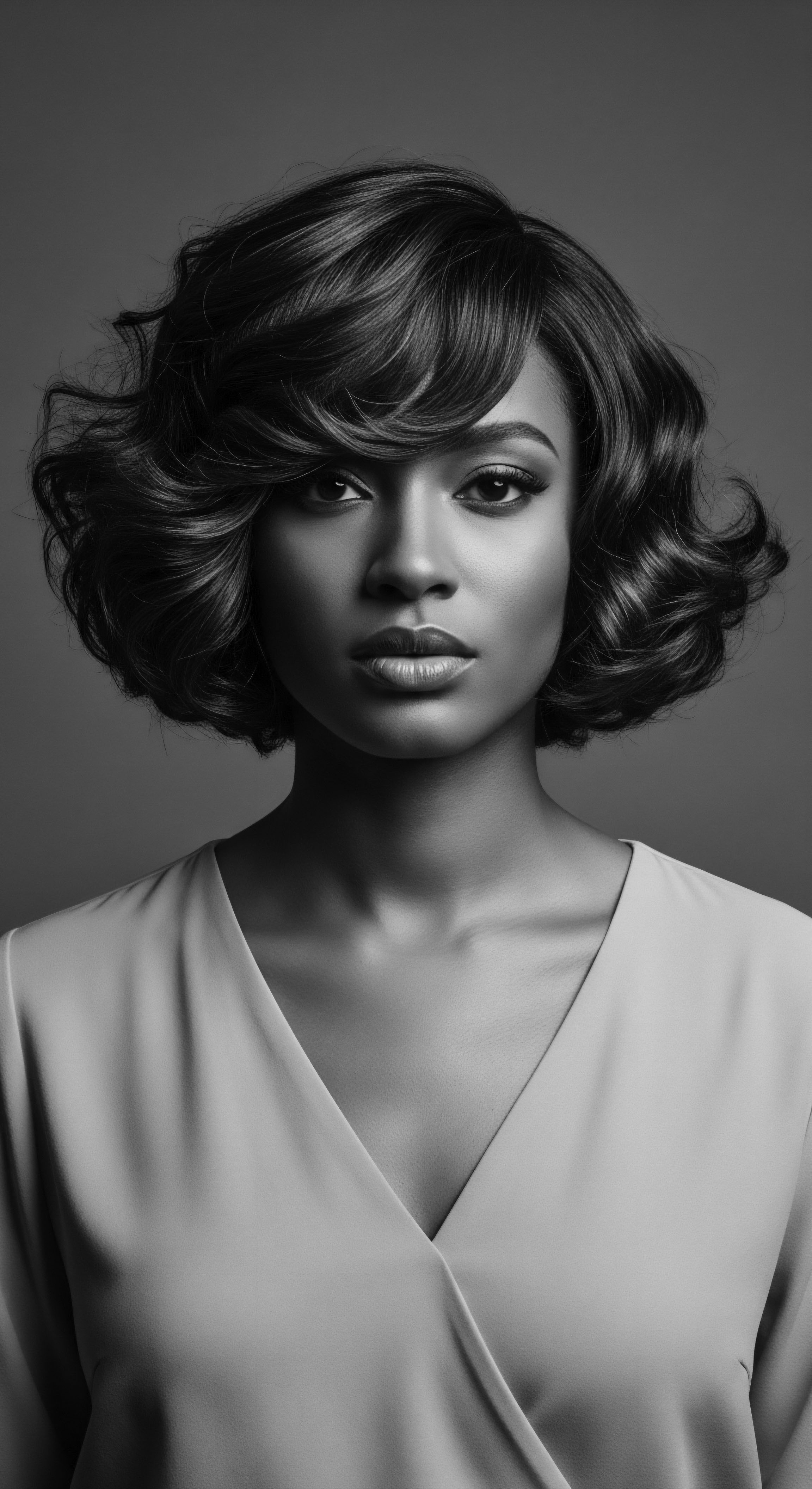
How does hair heritage contribute to personal identity and well-being?
Hair heritage, especially for textured hair, significantly shapes identity and well-being by linking individuals to ancestral practices and collective cultural memory.

In what ways does rhassoul clay’s ancestral use inform contemporary textured hair well-being?
Rhassoul clay’s ancestral use reveals how mineral-rich earth offers a gentle, heritage-aligned path to textured hair well-being.

Can ancient hair practices inform modern textured hair well-being?
Ancient hair practices deeply inform modern textured hair well-being by providing a historical blueprint for protective care and holistic approaches.

How do modern practices connect to traditional clay hair heritage?
Current hair wellness methods honor inherited wisdom by re-engaging with earth elements like clay for cleansing and conditioning.

How does hair heritage impact well-being?
Hair heritage profoundly shapes well-being, fostering identity, self-acceptance, and community through its rich historical and cultural tapestry.

What ancestral practices shape modern textured hair well-being?
Ancestral practices shape modern textured hair well-being through heritage-infused care, communal rituals, and biological understanding.

How does communal care influence textured hair well-being?
Communal care strengthens textured hair well-being by preserving heritage, fostering identity, and providing collective support through shared rituals.

How do cultural practices influence textured hair well-being?
Cultural practices deeply shape textured hair well-being by linking care rituals to ancestral identity, community, and personal expression.

In what ways do traditional hair oils connect to cultural identity and well-being?
Traditional hair oils connect to cultural identity and well-being by preserving ancestral practices and reinforcing a shared heritage of self-care.

How does textured hair heritage connect to well-being?
Textured hair heritage deeply links to well-being through cultural identity, ancestral practices, and acts of self-acceptance.

Can ancient hair traditions inform contemporary approaches to textured hair well-being?
Ancient hair traditions, rooted in heritage, offer foundational insights for modern textured hair well-being by emphasizing holistic care and cultural significance.

In what ways did traditional communities view hair as a sign of well-being and heritage?
Hair in traditional communities signified well-being and heritage through intricate styles, spiritual connections, and social status markers, especially within textured hair legacies.

What ancient cultural practices centered on textured hair well-being and natural ingredients?
Ancient practices centered on textured hair, drawing from natural ingredients and communal rituals to symbolize identity, spiritual connection, and enduring heritage.

Are traditional African ingredients suitable for all textured hair types?
Traditional African ingredients, steeped in heritage, offer profound suitability for all textured hair types by providing deep moisture, protection, and fortification.

What historical hair tools supported textured hair’s well-being?
Historical hair tools supported textured hair's well-being by facilitating ancestral care, promoting health, and embodying cultural identity and resilience.

In what ways did ancestral practices influence modern understanding of textured hair well-being?
Ancestral practices profoundly influence textured hair well-being by providing foundational knowledge of care, protection, and identity rooted in cultural heritage.

How did ancestral African hair care support well-being?
Ancestral African hair care provided well-being through communal rituals and deep respect for textured hair's innate beauty and heritage.

What ancestral rituals continue to inform holistic textured hair care today?
Ancestral customs inform textured hair care today through ancient practices that honor hair's distinct form, cultural worth, and overall well-being.

How do protective styles contribute to textured hair well-being?
Protective styles honor ancestral wisdom, physically shielding textured hair while affirming deep cultural heritage.

How do ancient hair care practices influence modern textured hair well-being?
Ancient hair care practices offer foundational wisdom for modern textured hair well-being, deeply rooted in heritage and ancestral ingenuity.

What enduring lessons do textured hair traditions hold for well-being?
Textured hair traditions reveal well-being through ancestral care, communal bonds, and identity affirmation.

Can textured hair care practices influence well-being and cultural identity?
Textured hair care practices are deeply interwoven with well-being and cultural identity, serving as a living link to ancestral heritage and collective resilience.

In what ways did historical hair rituals connect to overall well-being and community heritage?
Historical hair rituals deeply connected textured hair heritage to well-being and community, serving as profound symbols of identity, resilience, and communal bonding.

Can ancient African hair rituals inform modern textured hair care practices for holistic well-being?
Ancient African hair rituals provide a profound heritage-driven framework for modern textured hair care, fostering holistic well-being.

